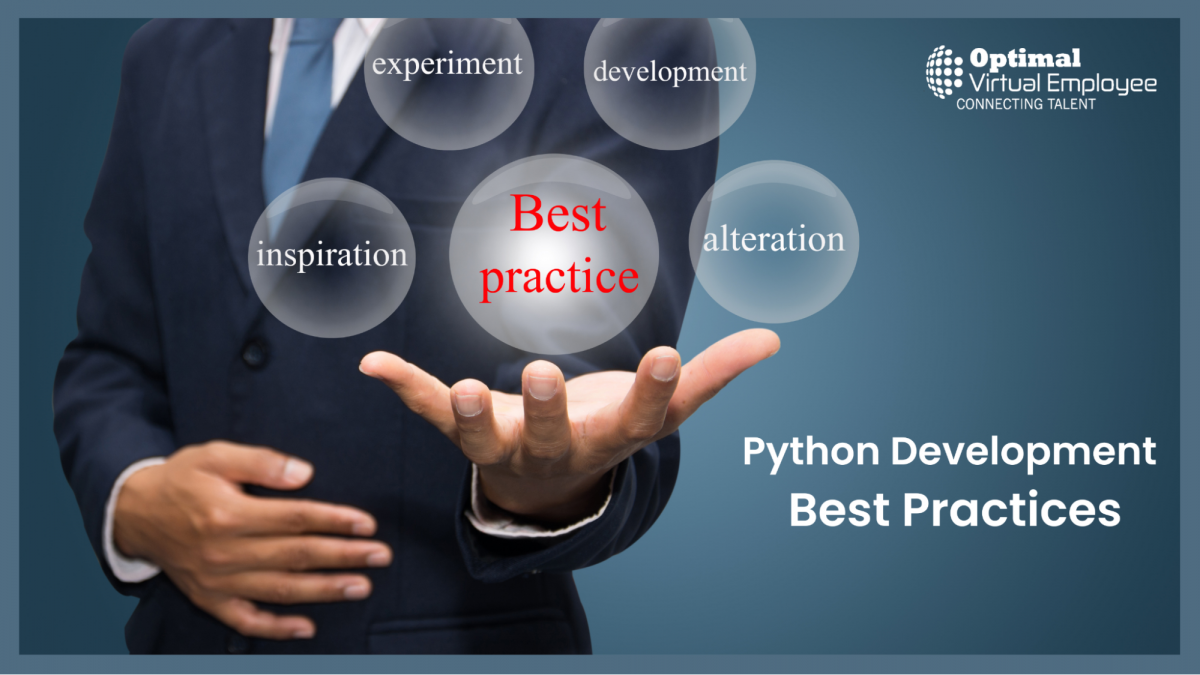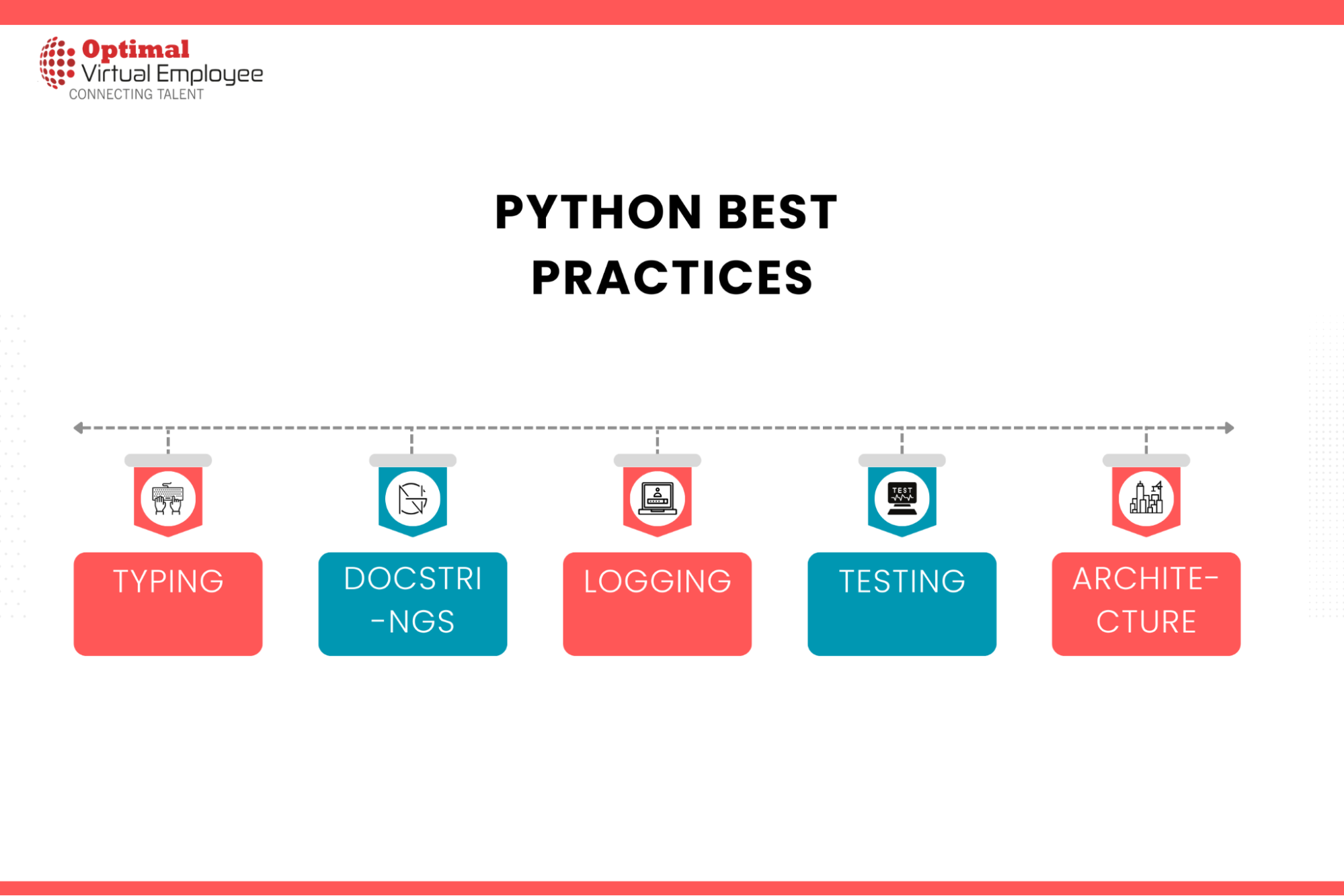Coding is the craft of creating a set of instructions, or algorithms, that tell a computer how to perform a particular task. Just as humans use languages like English, Russian, or Quechua to communicate, developers use programming languages to converse with computers.
While natural languages have their own set of syntactic and semantic rules that enable rich communication, programming languages also have their own sets of rules, albeit more constrained. Despite this, programming languages share some attributes with natural languages, like complexity, flexibility, and dynamism, albeit on a lesser scale.
Even a straightforward algorithm can be written in a variety of ways. While this flexibility is often advantageous for developers, it can also lead to issues with efficiency and clarity, especially in a team environment.
For this reason, code readability is a vital consideration. To standardize how code is written, many programming languages, including Python, have established coding standards. These standards serve as a roadmap for developers, outlining guidelines and best practices to create code that is easy to read, maintain, and scale.
In this article, we will delve into the best coding practices for Python, one of the leading languages in the field of data science.
PYTHON BEST PRACTICES #1: TYPING
You might believe you’ve mastered the art of using a keyboard for programming, but let’s shift gears and discuss something a bit more nuanced—data types and how to enforce them in Python. If you have experience with Java, you’re likely acquainted with concepts like compile-time and run-time polymorphism. Python is less stringent about types compared to Java, but that doesn’t mean you shouldn’t set some rules about typing.
In Python, which is a dynamically typed language, a variable’s type can change over its lifespan. Type checking is performed on-the-fly, as your code executes. This flexibility can be both a blessing and a curse, leading to confusion and even runtime errors if you’re not vigilant. So, how can you handle types better in Python?
The Python package named ‘typing’ allows you to assign types to variables, providing enhanced code completion capabilities in your IDE. While it won’t give you the stringent type checking found in compiled languages like Java or C, using type hints and variable annotations can significantly aid in understanding what each variable is meant to represent.
For those who desire an extra layer of security, static type checking tools like ‘mypy’ are available. Mypy not only reduces debugging time by catching potential errors early but also makes your code more readable. One of the benefits of using mypy is that it can infer types, allowing you to mix static and dynamic typing—so you can apply static typing only where it’s most beneficial.
PYTHON BEST PRACTICES #2: DOCSTRINGS
The importance of writing insightful comments and comprehensive documentation cannot be overstated. These elements help anyone reviewing your code to grasp the essence of a class, method, or package without having to dig deep into the source code. For instance, when choosing between two similar but not identical methods from a package, well-crafted documentation can quickly clarify the differences, sparing you the need to comb through the code.
However, your comments and documentation lose their utility if they become outdated. It’s crucial to maintain these elements in tandem with any code changes you make.
In Python, a docstring is a string literal that appears as the first statement in a class, function, or module. Adhering to this convention makes the docstring accessible as the special ‘doc’ attribute of that object. Docstrings are a fundamental part of Python best practices and are widely adopted in the Python community. Any professional Python package you encounter will likely make extensive use of docstrings.
PYTHON BEST PRACTICES #3: LOGGING
Good coding practices in Python definitely include logging as a key component, especially if you’re dealing with server applications or multi-threading. Debugging can turn into a tedious and often unproductive endeavor in such scenarios. While it may be tempting to scatter print statements throughout your code to track runtime activities, this approach has its drawbacks.
Relying on print statements is problematic for a couple of reasons. First, they have to be stripped out before deploying production code. Second, you’ll need to reintroduce them each time you return to your development branch. This toggling back and forth is not only inefficient but also prone to error.
Logging offers a more elegant and effective solution for tracking your application’s runtime behavior. It gives you fine-grained control over the output of log statements, allowing you to specify where they should appear, such as in a file, or whether they should be displayed at all. Additionally, logging frameworks enable you to categorize each log entry by its level of importance, typically using labels like ‘verbose,’ ‘info,’ ‘debug,’ ‘warning,’ ‘error,’ and ‘critical.’
PYTHON BEST PRACTICES #4: TESTING
Testing is an essential element in the software development lifecycle. Before any code is deployed to production, it should undergo rigorous testing at various levels, from simple unit tests to comprehensive end-to-end or acceptance tests.
The Python standard library includes ‘unittest,’ a testing framework that draws inspiration from the widely-used JUnit. Unittest aids in automating tests, sharing setup and teardown procedures, grouping tests into collections, and ensuring that tests are decoupled from the reporting framework.
While unittest is certainly useful, it’s not the end-all solution for testing in Python. The Pytest package offers a more advanced approach. For instance, Pytest allows you to easily parametrize tests with the ‘parametrize’ decorator. This lets you pass in multiple sets of arguments and their expected outcomes, providing a more flexible and thorough testing regimen.
PYTHON BEST PRACTICES #5: ARCHITECTURE
Organizing your Python project effectively is crucial for its long-term success. A well-thought-out and straightforward folder structure is vital; it enables you to locate files quickly and ensures that everything is neatly arranged. Make sure to separate test files from the main production code to maintain clarity.
Be vigilant about managing your dependencies. Avoid circular dependencies, where two classes are mutually dependent on each other, as this can lead to perplexing import statements and muddled responsibilities. Aim for each file to house just one class, and ensure that each class serves a single purpose.
Another crucial consideration is to minimize coupling between different components of your code. High coupling occurs when two code elements are overly interdependent, making it difficult to alter one without affecting the other adversely. For example, if a minor modification in class X results in multiple test failures in class Y, it’s an indicator that these classes are too tightly bound and could benefit from decoupling.
PYTHON BEST PRACTICES #6: LOGGING PACKAGE MANAGEMENT
Package managers play a pivotal role in handling external dependencies and setting up project environments. Python is renowned for its rich ecosystem of libraries, and package managers simplify the task of incorporating these libraries into your projects.
Pip stands as Python’s official package manager and serves as a gateway to install and manage external libraries like numpy or TensorFlow. It’s invaluable for specifying dependencies for your scripts and applications, and it also enables you to uninstall packages that have outlived their usefulness.
In addition to package management, virtual environments are key for tailoring your application’s runtime context. While a virtual machine represents a computer operating within a virtualized setting, a virtual environment in Python can be efficiently managed using tools like Anaconda. With Anaconda, you can seamlessly switch between diverse environments. For instance, you can have one environment running Python 2 and another with Python 3, all on the same physical device. You can also maintain different versions of the same package or completely different sets of packages across these environments. This flexibility allows for the creation of nuanced and robust development and testing setups.
PYTHON BEST PRACTICES #7: NAMING CONVENTIONS
Last on the list, but certainly not least, are naming conventions. The way you name variables, modules, classes, and functions carries significant weight. Even though Python is celebrated for its readability, unclear or confusing naming choices can make your code difficult to understand for other developers.
Python provides an official style guide, which serves as an excellent starting point for best practices in naming. Consistency is the cornerstone here. If you’re collaborating with others, it’s crucial to reach a consensus on a uniform naming approach.
Conclusion
When it comes to essential best practices for Python project development, you should give particular focus to the architecture, testing, and logging aspects. These three elements are critical for creating scalable applications, especially in collaborative settings.
Whether you’re coding as a hobby or doing it professionally, the importance of writing clean code can’t be overstated. Both your colleagues and your future self (let’s face it, recalling the nuances of projects you worked on a year ago isn’t easy) will appreciate interacting with code that’s well-documented, commented meaningfully, easy to read, and comprehensively tested. By adhering to these best practices, not only will your work be more impactful, but you’ll also save yourself from potential future headaches.










